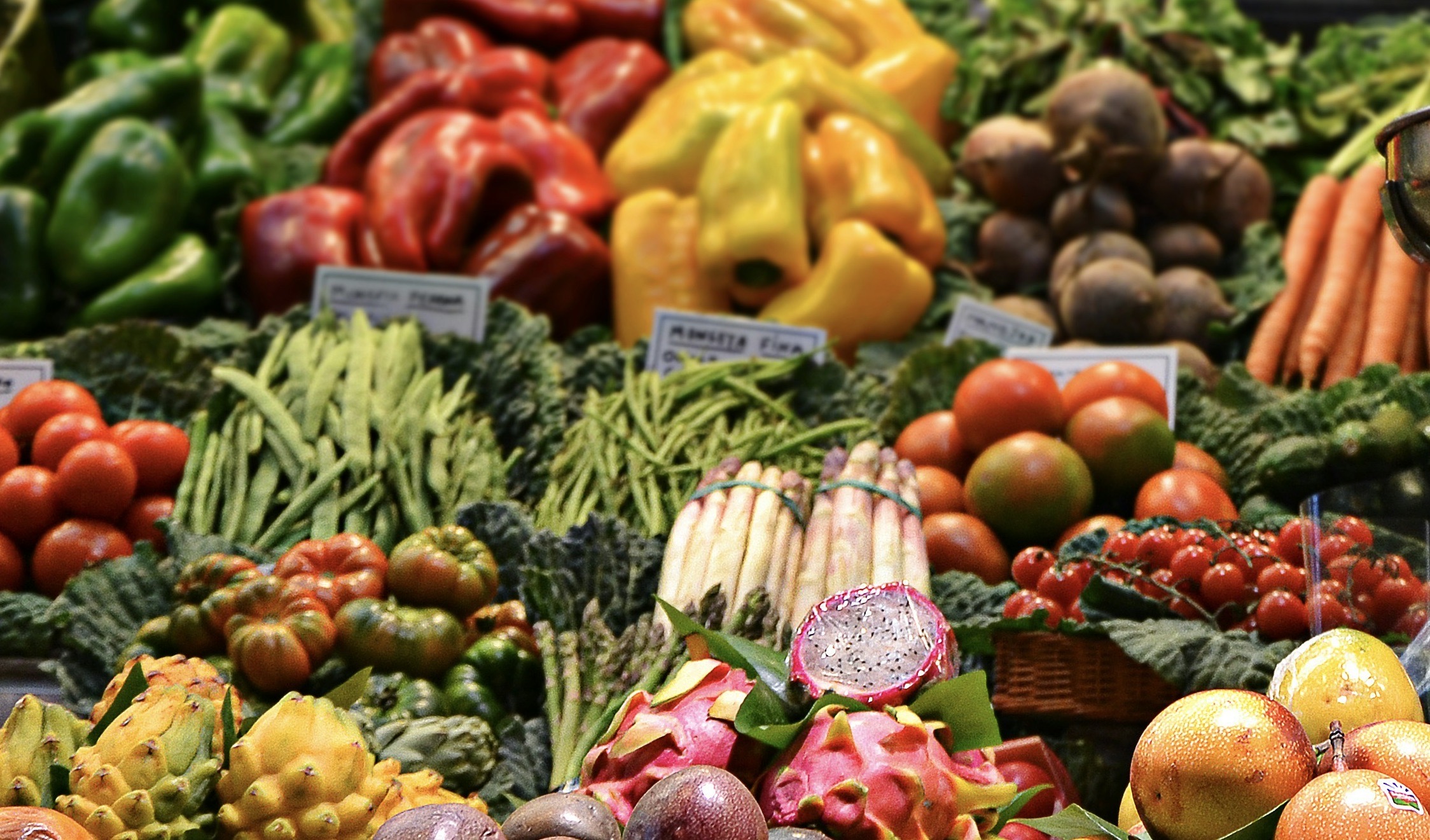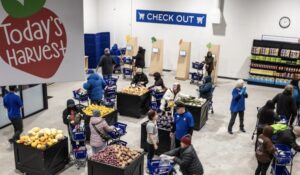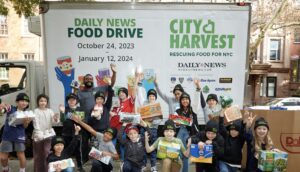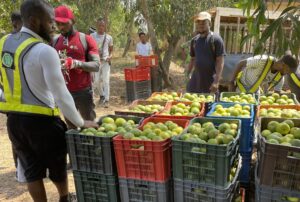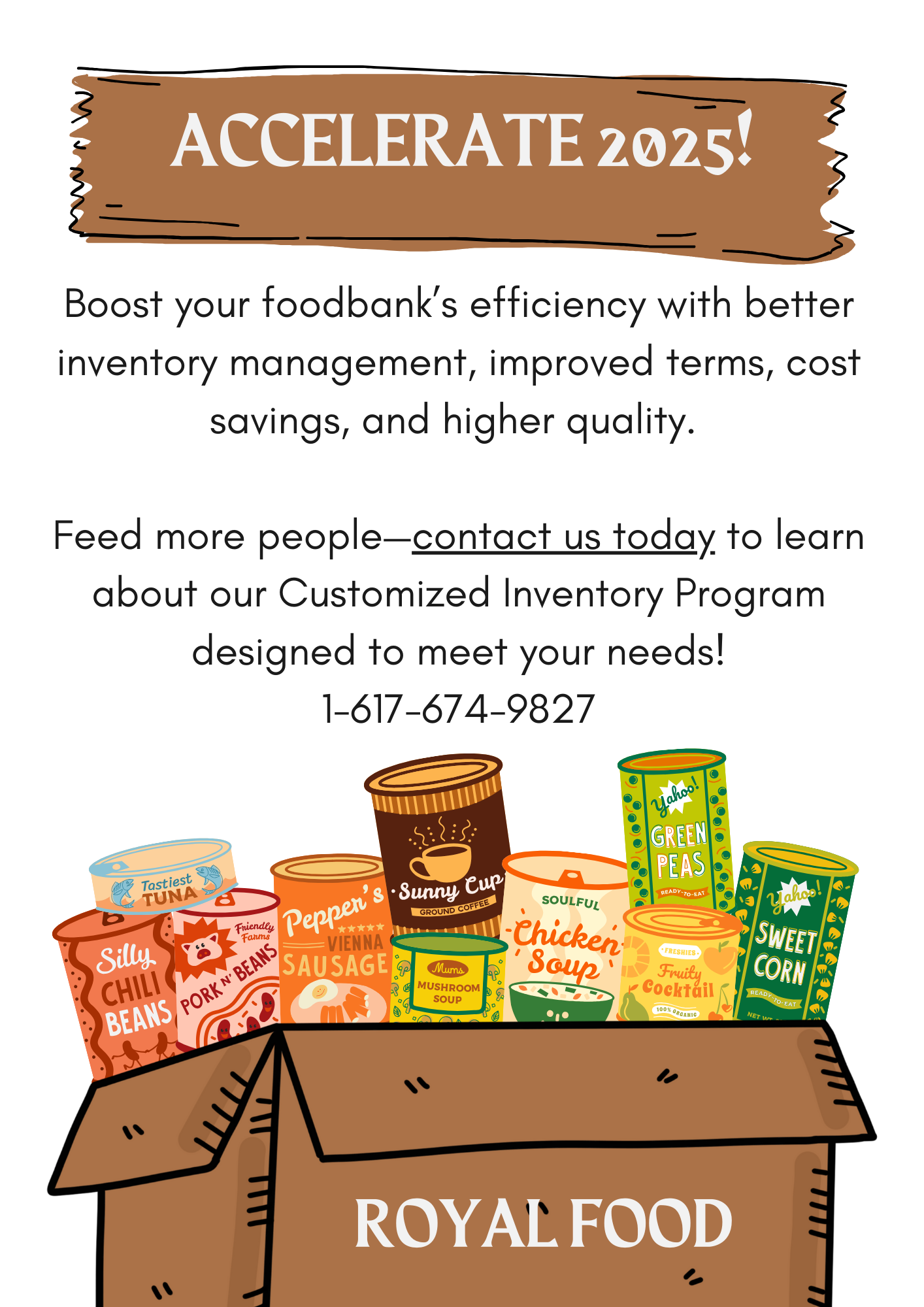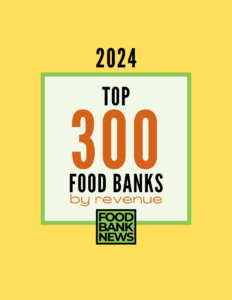Estimates of how much food is wasted annually in America vary widely, but 100 billion pounds is a nice round number that sums up the situation pretty well.
Feeding America would like to see more of that 100 billion pounds go toward addressing food insecurity. To that end, it just announced an initiative to recover five billion pounds of food annually – that’s one billion pounds more than it currently recovers each year.
Getting that one billion of additional pounds is not expected to come easily, so Feeding America has established a Food Rescue Challenge aimed at rallying relevant players around the goal. At the same time, it’s seeking to raise $50 million annually for a Food Rescue Fund that would deepen links between the places where food is in abundance and those where it is needed.

“We’re looking at this as an opportunity to drive new ways of working, innovating and collaborating to unlock more food that can be rescued to meet the need,” said Erika Thiem, Chief Supply Chain Officer for Feeding America. She noted that current food insecurity rates are the highest they’ve been since the Great Recession of 2008.
The food banks of the Feeding America network currently rescue about two billion pounds of food annually from retail grocers, and the network views the grocery channel as especially able to provide more food. To support that effort, Feeding America has a new partnership with Divert, a food-waste technology company, aimed at identifying opportunities to move more excess food from retail grocers into the donation stream.
Divert’s long game is to turn abundant food into renewable energy using anaerobic digestion. But before it converts any excess food, it analyzes the food stream to make sure none of that food could first be consumed or composted. In working with retailers all over the country and optimizing their processes, it has found that it can increase their food donations by as much as 20%.
Safeway, a grocery division of Albertsons Companies, announced in June that it had increased the amount of food it donated to Alameda County Community Food Bank by 20% in three months, by using Divert’s data to improve its operations. For Alameda County Community Food Bank, that means an additional 1,250 pounds of food per store per month is now available for distribution.
In addition to its network of 200 food banks that can handle excess food, Feeding America brings to the Divert partnership its MealConnect platform, which automates food-donation pickups and provides data back to stores for tracking and tax purposes. “We found an opportunity for real, complementary work,” Thiem noted of the partnership with Divert.
Divert already works with 13 of the largest food retailers in 38 states to help them increase their food donations. Over the next few years, it plans to expand its number of anaerobic digestion facilities from 13 to 30 across the country. That growth, alongside Feeding America’s nationwide distribution network, are the building blocks of making it easier for retailers to optimize their food donations and to help “solve unsold food at scale,” according to a Divert press release.
The effort to rescue more food from grocers dovetails with goals within the food industry to reduce food loss and waste, as well as efforts by an increasing number of states to pass legislation aimed at reducing organic waste in landfills. “There’s a business case and there’s also a regulatory component” for retailers, noted Ben Kuethe Oak, Vice President of Customer Solutions and Success at Divert.
Feeding America will also be pursuing agricultural recovery from farms and recently extended through June 2025 a pilot project with The Farmlink Project, a nationwide organization that handles the logistics of moving farm-recovered food to charitable organizations. Since the beginning of the pilot, Feeding America food banks have ordered nearly two million pounds of food offered by Farmlink on MealConnect.
Last year, Farmlink recovered 109 million pounds of food in all. Currently, it’s promoting a pledge of cooperation to encourage hunger relief providers to work together to optimize farm rescues.
Feeding America’s ability to rescue an additional one billion pounds of food really comes down to the ability of individual food banks in the network to become more proficient at food rescue. Many are making progress along those lines.
Inter-Faith Food Shuttle, for example, noted in a recent blog post that it had increased monthly donations from retailers from about 32,000 pounds in 2020, to more than 210,000 pounds in 2023. That’s an increase from 435,000 pounds donated in 2020, to 2.5 million in 2023.
Second Harvest Heartland just announced that a new partnership with Fresh Connect Central in Indiana has helped it to source meat at a lower price, helping it to distribute almost 20% more protein than last year. The food bank is also adding more eggs to its distribution mix, through a partnership with HATCH.
And Second Harvest Inland Northwest in Washington recently announced an initiative it calls Zilch to pursue innovation in food rescue. Look for more information on Zilch in the next edition of Food Bank News. – Chris Costanzo
Like what you’re reading?
Support Food Bank News
